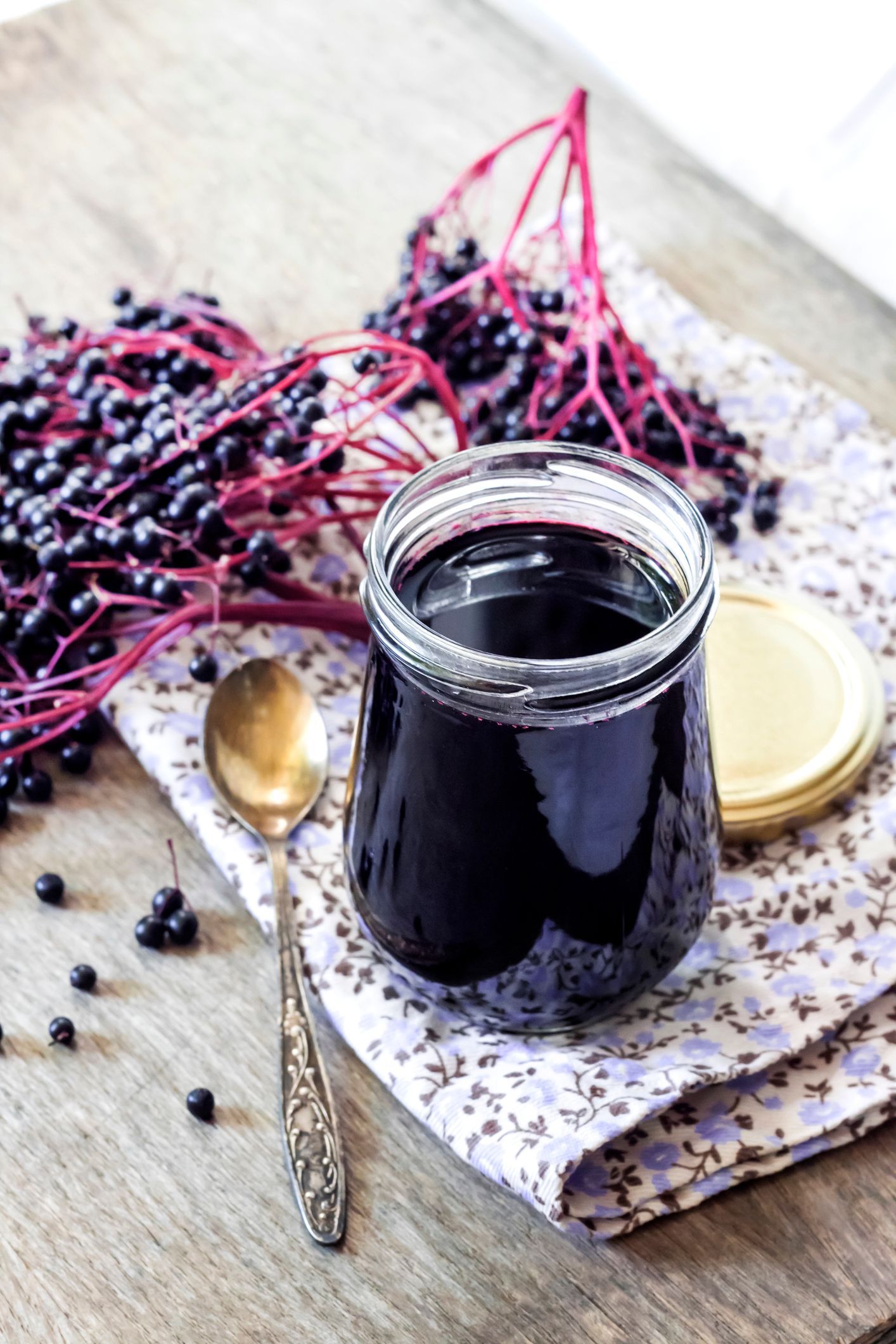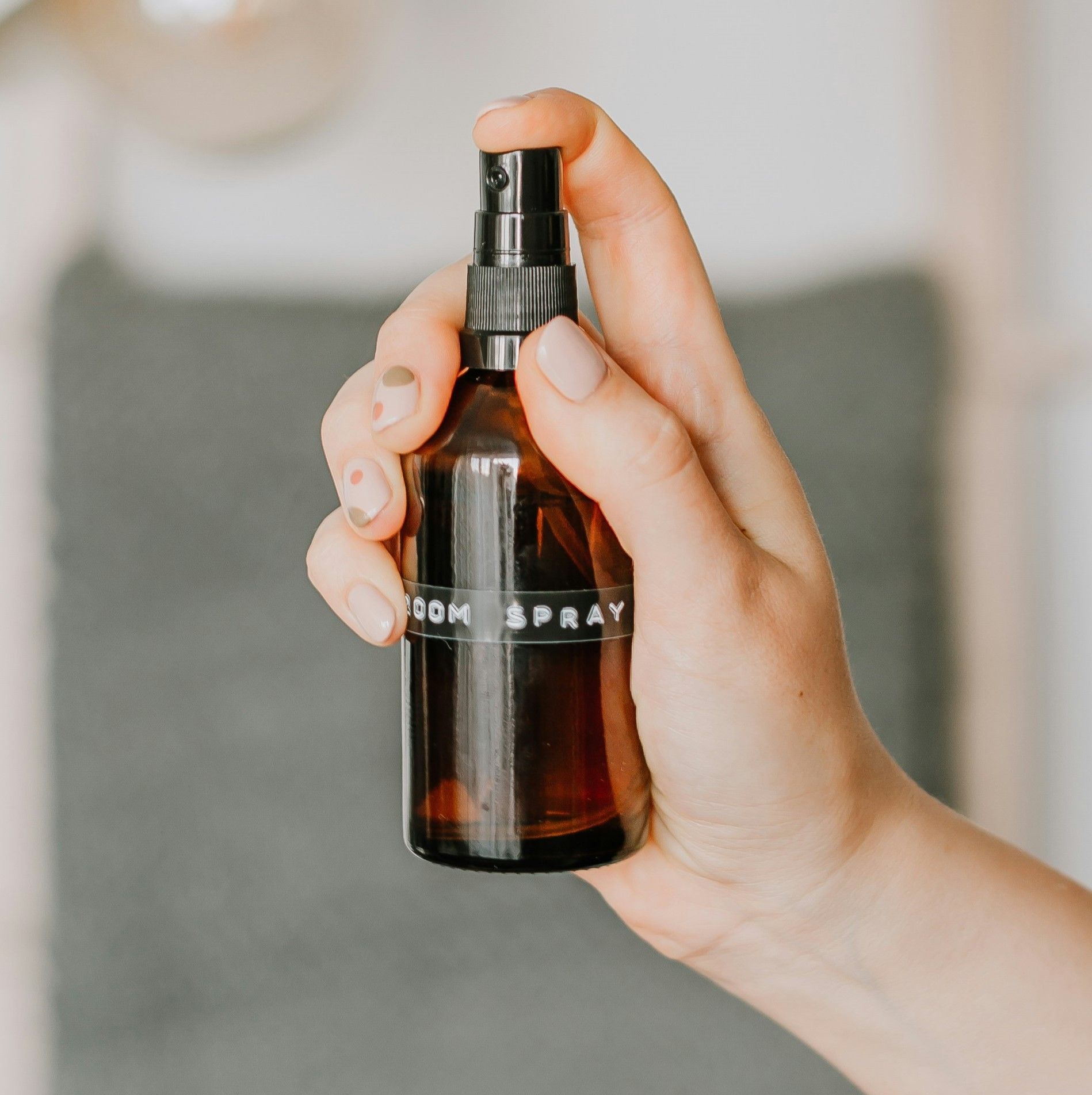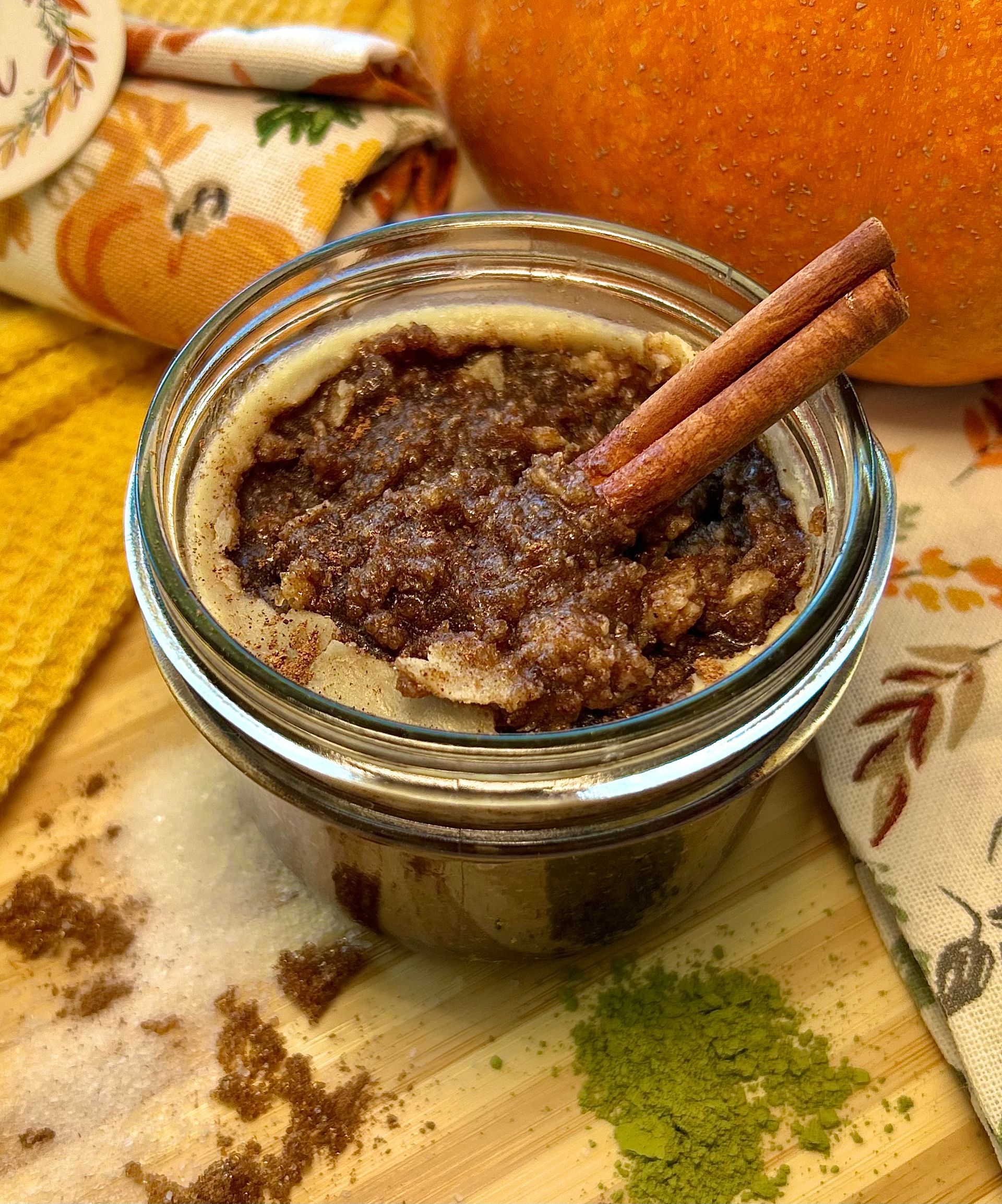Honey Bees and Microbiomes: The Zen of Compost for a Healthy Habitat
Feeling befuddled over the honey bee crisis? Brainstorming ways to help? Contributing toward the livelihood of beneficial insects may be as simple as growing your own microbiome! Microbiomes contain the tremendous potential to make our hearts sing and ears ring with bees, butterflies and prosperous sheaths of vegetation.
Studying biodynamic farming, ecological agriculture and ethnography convinced me that beekeeping and composting are great fields to work in. We have spent the last three years committed to growing natural habitats for bees, operating small scale compost collection services, and building compost bins and hive boxes.
Growing up, we simply threw our scraps into a hole to bury them. This happens to be the fastest way to process scraps, because of the amount of surface area touching soil where the microbes live. Another way, a personal favorite, is to build a compost pile. The idea of attracting certain microbes to do specific jobs, and keeping them interested, can be tremendously rewarding on many levels.
Build Your Own Microbiome!
Microbiomes are most active when they are kept at comfortable temperatures, regularly turned and have a continuous food source. This process unearths the vitality of living soil. Hot compost refers to the style of above-the-Earth feeding and aerating, a give-and-take, to provide climate control whereby digestion of scraps is most active.
1. During the “beginning phase,” it takes two days to heat up a compost pile made loosely of one part scraps (greens), one part earth, and three parts carbon (browns), plus water and aeration. Carbon sources can be shredded paper, cardboard, leaves or straw. In no time, a steaming masterpiece avails itself as the “hot phase.”
2. Keep aerating during the “hot phase” or it can overheat, causing our steady working friend, the bacteria Bocelli, to produce a protective shell for hibernation until more favorable temperatures are reached, roughly 131-147° F. The hot phase can last for months, killing animal and plant pathogens, weed seeds, and Cocci bacteria within only a few days.
3. Lastly, the “good rest phase” settles the activity with a soothing cool down, allowing a diverse group of bacteria to wander back into the heap. The longer the good rest phase, the more diverse the microbiome becomes, and the more beneficial it is to honey bees, too.
Bees, Bacteria and Compost
Bee-friendly micro-arachnids, also known as wood scorpions or psuedoscorpions, thrive in rich compost, and luckily, they love eating varroa mites! Varroa mites are external parasitic mites that plague honeybees and their beekeepers who don’t use pesticides. To effectively eradicate these mites, line the bottoms of beehives with compost. As mites drop off of the bees, they will be eaten by the wood scorpions in the compost. Sprinkling fresh peppermint leaves in the hive can help cause mites to drop.
Fungi expert Paul Stamets observed honey bees enjoying serum excreted from bacteria connected to fungi. The bacteria actinomycetes produces anti-viral sap that strengthens immune response in bees. Actinomycetes give off that pleasant, earthy smell many of us are fond of and, I believe, releases endorphins more effectively than other mood enhancers. Why not include composting in our daily practices?
Composting strengthens our gardens, provides flowery treats for bees, and offers food for their tiny foraging friends. Asking friends to compost together could be a fun way to build community and interest within families and neighborhoods.
Heather Wood is the founder of Urban Evergreen Bee Sanctuary in Olympia,
Washington, a non-profit organization dedicated to providing a pesticide-free urban
setting for native bees and honey bees alike. Urban Evergreen Bee Sanctuary is a
business that educates about alternative and natural beekeeping practices, which
includes but is not limited to encouraging swarming, zero smoke, and zero pesticide use.
Resources
1. Bee Friendly Research Update ii. Fungi Perfection, Makers of Host Defense Mushrooms.
fungi.com/blog/items/bee-friendly-research-update-2.html.
2. Composting for the Homeowner. University of Illinois Extension. extension.illinois.edu/homecompost/science.cfm.
3. Ron F. van Toor, Shirley E. Thompson, Donna M. Gibson and Grant R. Smith. Ingestion of Varroa destructor by pseudoscorpions in honey bee hives confirmed by PCR analysis. Journal of Apicultural Research. Vol. 54. Issue 5. 2015. Pgs. 555-562. Published online: 07 June 2016.









